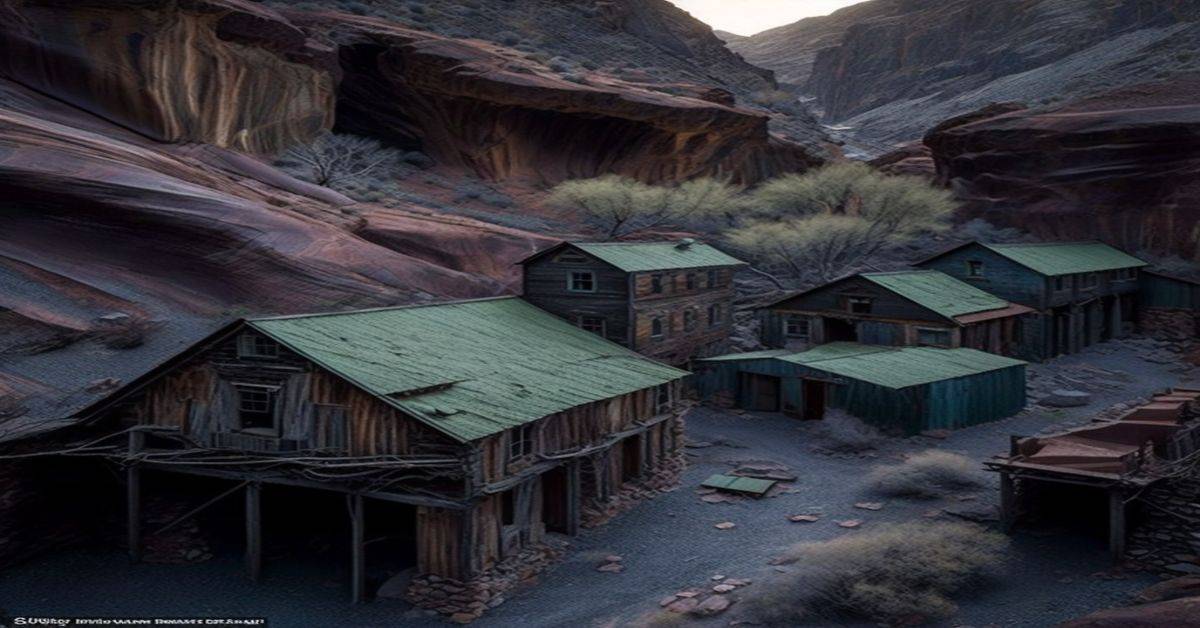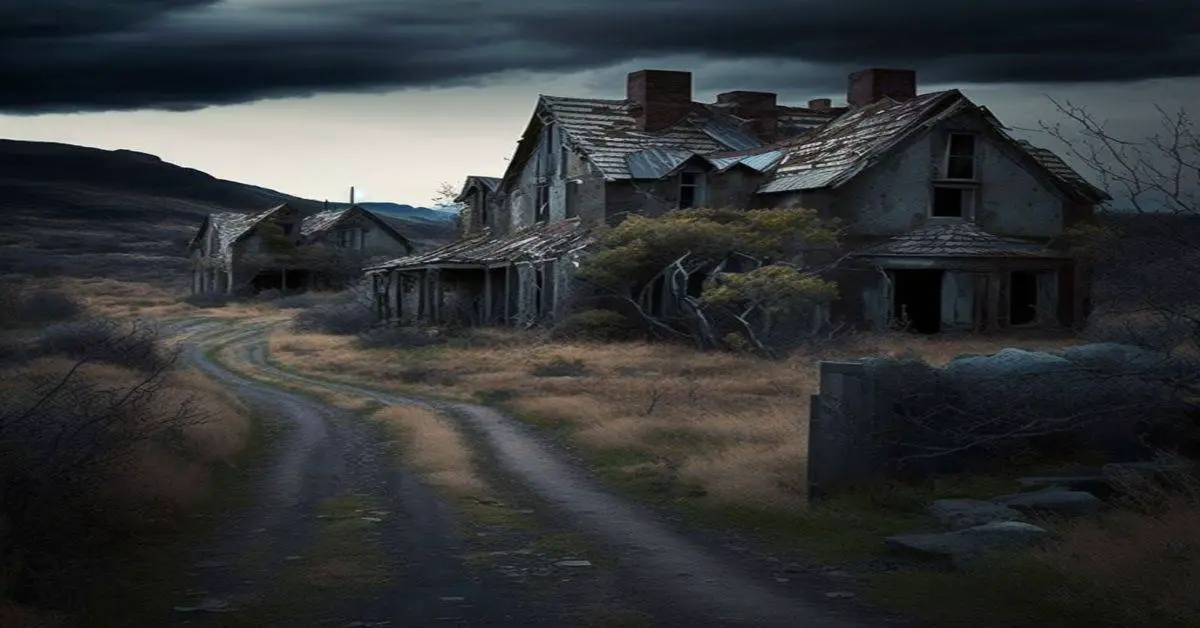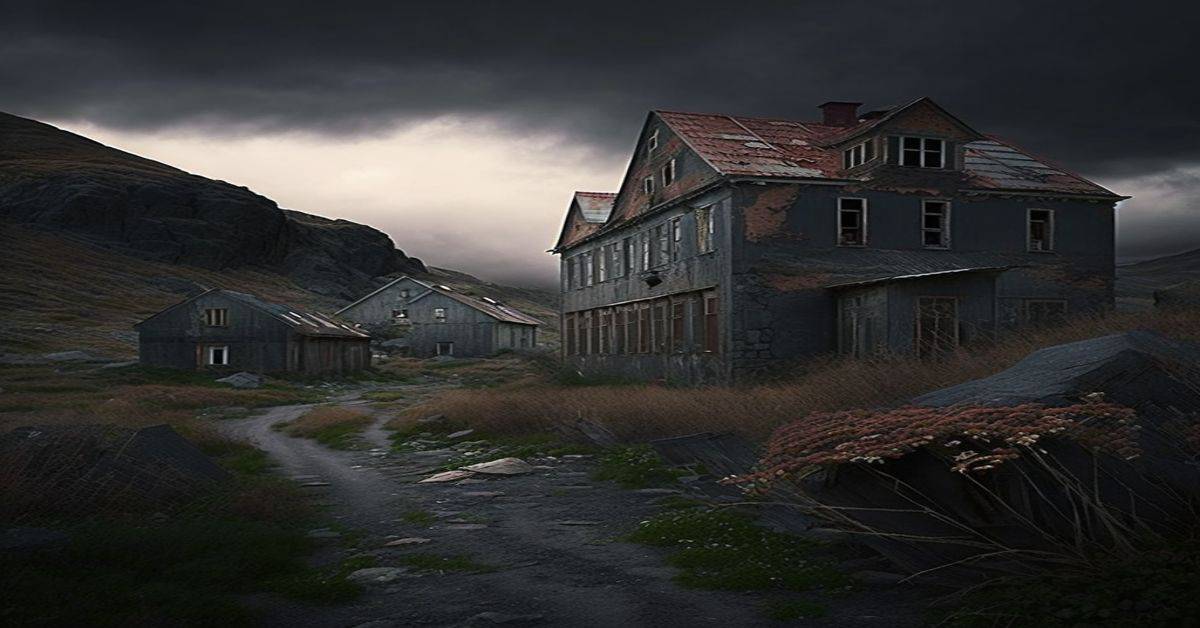Nestled in the heart of Collier County, Florida, lies a ghost town that once served as a refuge for outlaws and pioneers. Chokoloskee, a small island settled in 1874 by Adolphus Santini, CG McKinney, and Ted Smallwood, has a rich and tumultuous history worth exploring.
Despite its rough past, the island remains a fascinating place to visit, with its warm climate, various artifacts, and structures that offer a glimpse into its past.
Chokoloskee’s history revolves around its settlers, who arrived in the town seeking a new life. The island’s early settlers were a mix of outlaws, pioneers, and adventurers drawn to the area’s natural beauty and resources. These settlers created a unique lifestyle on the island, living off the land and making their own rules.
As the years passed, Chokoloskee became a refuge for outlaws, including Edgar Watson, who was killed in 1910. Despite the island’s tumultuous past, its rich history and unique character make it a fascinating destination for those interested in the Wild West of Florida.
Key Takeaways
- Chokoloskee is a ghost town in Collier County, Florida, settled by pioneers in 1874.
- The town was a refuge for outlaws, but the settlers created a unique lifestyle on the island, living off the land and making their own rules.
- The Smallwood Store and Post Office in Chokoloskee holds significant historical value, serving as a testament to the town’s past and a hub for social life.
- Island residents of the past relied heavily on the surrounding waters for their livelihood, engaging in fishing, farming, and hunting.
Early Settlement and Settlers
Despite its reputation as a refuge for outlaws, Chokoloskee was initially settled in 1874 by adventurous pioneers such as Adolphus Santini, CG McKinney, and Ted Smallwood. These early settlers were attracted to the area’s abundant natural resources, including the fertile soil, abundant fish, and local wildlife.
Despite the challenges of frontier life, they worked hard to establish a functioning society and build a community that could thrive amid the untamed wilderness. One of the most significant challenges faced by the early settlers was the isolation of Chokoloskee.
Located on a remote island off the coast of Florida, the community was cut off from the rest of the world and had to rely on its resources to survive. Despite these challenges, the settlers were determined to make a life for themselves in this wild and rugged landscape.
They built homes, established a post office, and opened a general store that traded with local Seminole Indians and provided supplies to the community. Through their hard work and perseverance, they created a unique and vibrant community that still serves as a testament to the spirit of the early pioneers who settled in this wild west of Florida.
Smallwood Store and Post Office
The Smallwood Store and Post Office in Chokoloskee holds significant historical value, serving as a testament to the town’s past. Established in 1906, the store was a vital part of the community, providing essential supplies to residents and serving as a center for trade with local Seminole Indians.
Over the years, the Smallwood Store became a hub for the town’s social life, hosting community events, and providing a gathering place for locals.
The preservation of the Smallwood Store and Post Office has had a significant impact on the community. Today, the store has been converted into a museum, showcasing the town’s rich history for visitors to learn and appreciate.
The museum features various artifacts, including photographs, documents, and objects that belonged to the original settlers. The store’s marine dry dock rail system still stands, serving as a testament to the town’s past dependence on the water.
The Smallwood Store and Post Office stand as a reminder of the town’s early days and serve as a source of pride for the community.
Island Lifestyle and History
Island residents of the past on Chokoloskee relied heavily on the surrounding waters for their livelihood, engaging in activities such as fishing, farming, and hunting. Fishing traditions were particularly significant to the island residents, who would catch various fish such as mullet, pompano, and redfish. They would also engage in other fishing practices such as crabbing and clamming. The island provided ample commercial and subsistence fishing opportunities, and the residents would often sell their catch to the mainland markets.
Chokoloskee also became a refuge for outlaws like Edgar Watson, who sought the island’s seclusion to escape the law. The island’s location, surrounded by the vast Everglades, made it an ideal hideaway for those on the run.
The island’s history is rife with stories of the residents’ resourcefulness and resilience in adversity. Despite the challenges of living on a remote island, the residents thrived by utilizing the abundant natural resources around them. They farmed, fished, caught turtles, and hunted alligators and local wildlife.
The island’s unique mix of natural beauty and outlaw refuge makes it a fascinating place to visit and explore. Today, visitors can learn about the island’s rich history by visiting the Smallwood Store and Post Office, which has been preserved as a museum. The museum showcases the island’s past, including its fishing traditions and the stories of its outlaws.
Frequently Asked Questions
What was the significance of Chokoloskee in terms of its role as a refuge for outlaws?
Chokoloskee served as an Outlaws’ Haven, attracting criminals due to its remote location and lack of law enforcement. This Lawlessness Legacy led to the infamous killing of Edgar Watson in 1910, cementing the island’s reputation as a refuge for lawless individuals.
How did the isolation of Chokoloskee impact the daily lives of its early settlers?
The isolation of Chokoloskee had a significant impact on the daily lives of its early settlers. With limited access to supplies and resources, island residents relied on farming, fishing, hunting, and trading with local Seminole Indians to survive.
What types of artifacts are on display at the Smallwood Store museum?
The Smallwood Store museum displays various artifacts, such as tools, clothing, and household items, which hold historical significance to the early settlers of Chokoloskee. The collection offers insight into the daily lives and trades of the island’s residents.
What was the marine dry dock rail system used for on the island?
The marine dry dock rail system on Chokoloskee island was used for transportation and maintenance of boats. It was a unique system where boats were lifted out of the water and moved along the rails, allowing for repairs and maintenance to be done easily.
How has Chokoloskee’s economy and way of life changed since the completion of the road to the mainland in 1956?
Chokoloskee’s modernization with the completion of the road to the mainland in 1956 led to a shift in the community’s economy and way of life. Island residents transitioned from farming, fishing, and hunting to tourism and recreation, adapting to the changing times.



